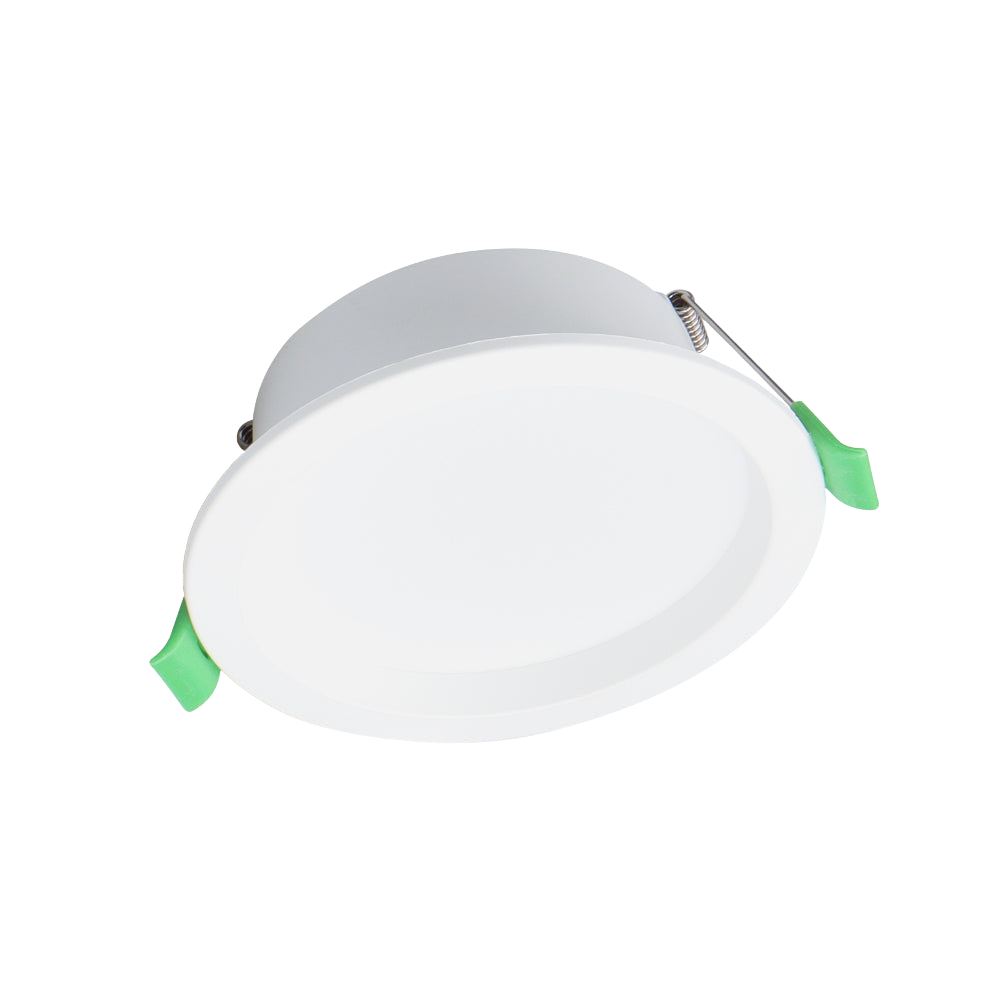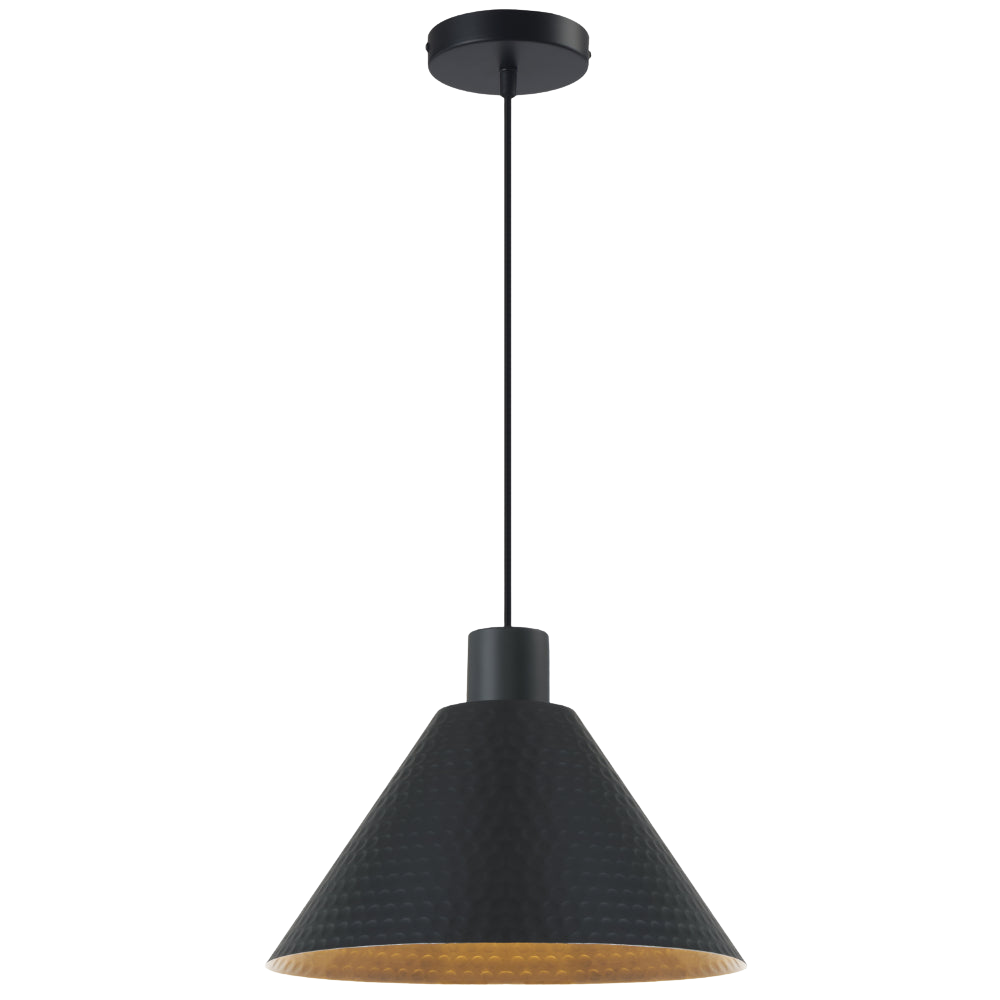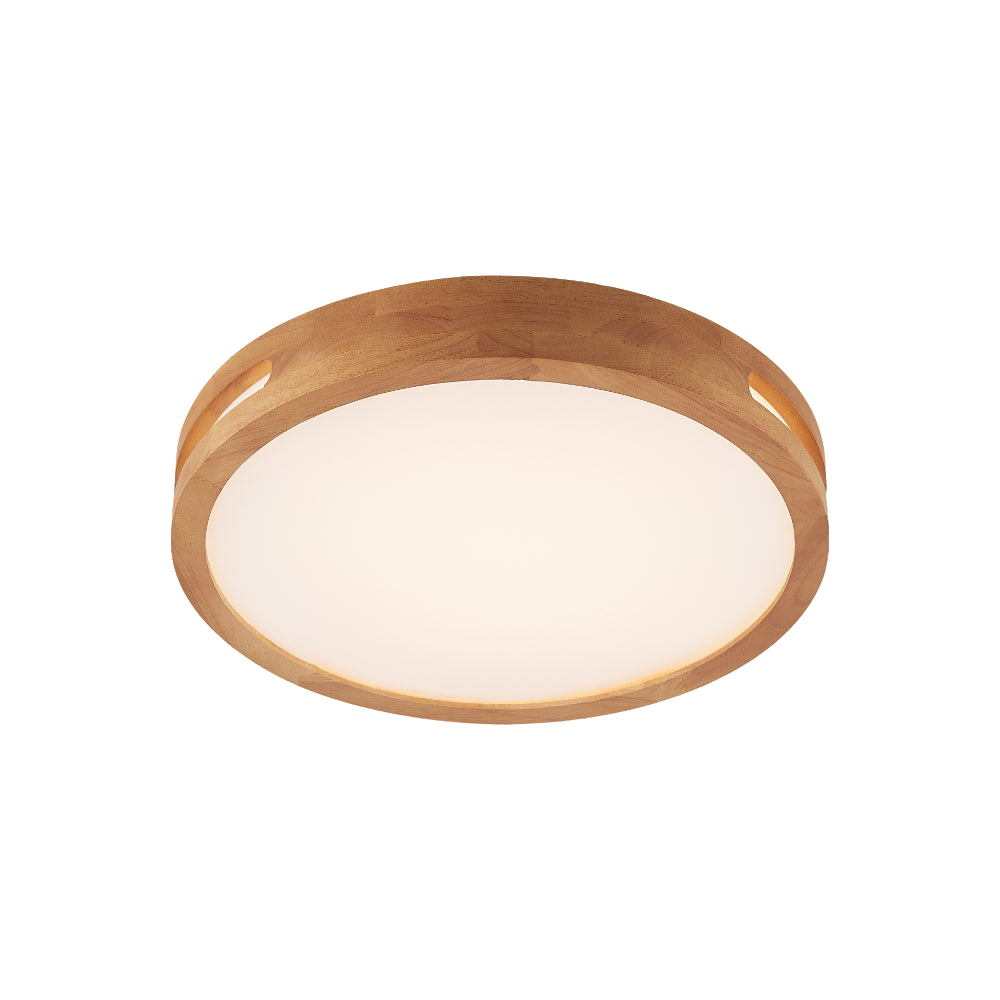Need a New Kitchen Sink? 9 Pitfalls of Sink Replacement in Australia
Installing a new kitchen sink seems simple enough ... until it isn’t. Here are nine mistakes that can turn a weekend job into a week-long headache, and how to avoid them.

If you’ve decided it’s time for a new kitchen sink, you’re not alone. It’s one of the most common home improvement projects, and when done right, it completely refreshes your kitchen. Whether you’re upgrading from an old sink that’s seen better days or taking on a DIY renovation, knowing what can go wrong is half the battle.

Replacing a sink isn’t the trickiest job, but there are plenty of ways it can go sideways. A small leak or uneven countertop cutout can easily lead to bigger plumbing problems down the track. Before you grab your screwdriver and get started, here are nine common pitfalls to avoid during your next sink installation.
Kitchen Sinks | Undermount & Topmount | Shop Premium Sinks Online
Premium kitchen sinks online. Single & d..
1. Forgetting to Turn Off the Water Supply
Sounds basic, but it happens all the time. You loosen a fitting, and suddenly you’ve got water spraying everywhere. Always turn off your water supply at the shutoff valves under the sink before removing the faucet or drain pipes. If your shutoff valves don’t work properly, turn off the main supply to the house instead. A quick check now saves a lot of mopping later.
2. Pouring Drain Cleaner Down Beforehand
Trying to be proactive and clear your pipes before starting? Don’t. Drain cleaner can linger in your pipes and splash back while you’re removing the old sink, burning your hands or damaging new fittings. Instead, remove the P-trap and manually clean it out. A bucket, putty knife, and a bit of patience are all you need. It’s safer, faster, and better for your plumbing.
3. Using the Wrong Tools
Sink replacement isn’t just about elbow grease. The right tools make all the difference. You’ll want a basin wrench, adjustable wrench, and maybe a jigsaw if you’re modifying your countertop cutout. Have some silicone caulk and plumber’s putty handy too. Avoid makeshift fixes – using the wrong tools can strip threads or damage your kitchen mixer and fittings.
4. Guessing Your Measurements
Before you rush out to buy your new sink, measure everything twice. The countertop opening, the cabinet width, and the depth from the benchtop to the plumbing below all matter. If your new sink doesn’t fit the existing cutout, you could end up with gaps or need to rework your cabinetry. And no one wants to be sawing benchtops at 9 p.m. on a Sunday night.
5. Choosing Cheap Materials or Mismatched Parts
Not all sinks are created equal. Cheaper materials might save money upfront but often cost more in maintenance. A high-quality stainless steel kitchen sink is durable, hygienic, and easy to clean, while granite sinks add texture and resist stains. Make sure your fittings match too – mixing metals or using the wrong washer size can cause leaks. If in doubt, ask your plumber or check the product specs before installing.

6. Over-Tightening Everything
It’s easy to assume tighter is better, but that’s how cracks and leaks start. Over-tightening gaskets, drain fittings, or faucet mounts can warp your sink or strain your pipes. Use firm pressure, not brute force, and check your connections with a light hand. If something still drips, tighten it gently – don’t wrench it down.
7. Using Putty Instead of Silicone
Plumber’s putty had its time, but silicone caulk is the way to go now. It’s waterproof, flexible, and provides a cleaner seal around the edge of the sink. Use 100% silicone (not acrylic blend) for the best bond. Before applying, clean away any old residue from your existing sink with a putty knife and make sure the surface is dry. It’ll keep your benchtop protected from leaks and swelling.
8. Ignoring the Countertop Condition
If your old sink leaked, the countertop underneath might be damaged. Swollen particleboard or water stains are red flags that your new sink won’t sit properly. Check that the surface is solid before installing. If you’re replacing the benchtop too, this is the perfect time to consider a new sink style—like an undermount sink for a seamless finish or a topmount sink for easier DIY installation.
Pro tip: Pair your new sink with Buildmat’s kitchen accessories like drain racks, chopping boards, and sink grids to keep everything protected and organised.
9. Forgetting to Vent or Test Your Sink
Once the sink’s installed, you’re not quite finished. Run both hot and cold water to check for leaks, then let it drain to make sure there’s no gurgling or slow flow. Poor venting can cause negative pressure, which pulls water out of the P-trap and lets sewer gases escape. If something smells off, or your drainage seems sluggish, it’s time to call in a plumber for a quick fix before it becomes a big one.
Bonus Tip: Know When to Call a Plumber/Handyman
DIY sink replacement can be a satisfying weekend project, but sometimes it’s smarter to get help. If your plumbing work involves replacing shutoff valves, adjusting drain pipes, or fitting a new kitchen mixer tap, it’s worth bringing in a licensed plumber. They can make sure your setup meets Australian standards and that your water pressure and seals are spot-on.
Ready to Choose Your New Kitchen Sink?
Once you’ve avoided the pitfalls, it’s time for the fun part—picking the perfect sink. Buildmat’s kitchen sink collection includes options for every layout and style, from modern undermount sinks to family-friendly topmount designs. Looking for something unique? Explore fireclay or granite sinks for a statement piece that lasts decades.
And if you’re upgrading your tapware too, match your sink with Buildmat’s kitchen mixers and filtered water taps for a cohesive finish.
Related Buildmat Resources
-
The Benefits of a Double Kitchen Sink: Why Choose Two Over One
-
What is the Right Kitchen Sink for You: Single Bowl vs Double Bowl
Frequently Asked Questions
Can I replace my kitchen sink myself?
Yes, if you’re confident with basic DIY and have the right tools. A simple topmount sink swap is manageable for most homeowners. Just remember to turn off the water, double-check your measurements, and take your time sealing around the edge of the sink.
How much does it cost to install a new sink in Australia?
It depends on your setup. A DIY sink replacement might only cost the sink and materials, while a professional plumber can charge between $200 and $600 for labour, depending on how complex your plumbing is.
What’s the best material for a kitchen sink?
Stainless steel remains the top choice in Australia because it’s durable, easy to clean, and works well with all benchtop styles. For something more textured, consider granite or fireclay options.
Should I use silicone or plumber’s putty?
Use silicone. It creates a stronger, watertight seal and holds up better against moisture over time. Plumber’s putty is fine for minor fixes but not ideal for modern sink installations.
How long should a sink installation take?
For most DIY jobs, expect around two to four hours if everything goes smoothly. If you’re also replacing your faucet or dealing with tricky plumbing under an old house, give yourself extra time or call a plumber to finish the job.
































































































































































































































































































































